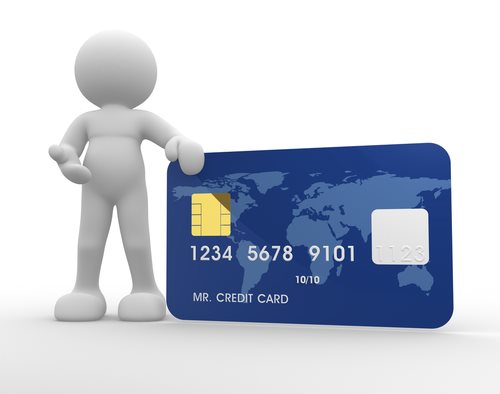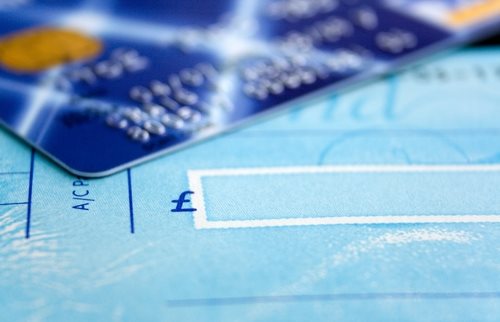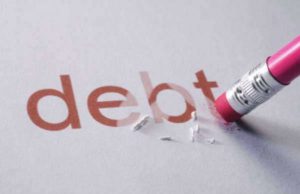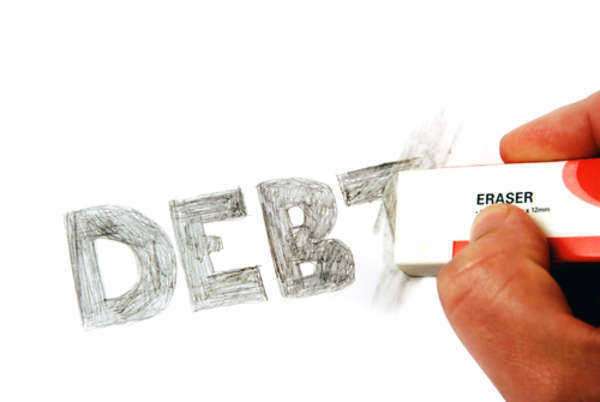4 Facts About Credit Card Debt Relief
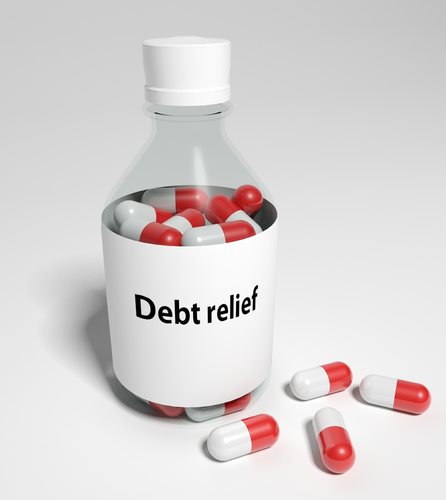
Fact #1: Credit Counseling and Debt Management Plans
Credit counseling and debt management plans (DMPs) are two common methods for managing credit card debt. Credit counseling provides education and guidance on budgeting, credit, and debt. A DMP, on the other hand, is a repayment plan where a credit counselor works with a creditor to renegotiate the terms of a debt. This can include lower interest rates, lower monthly payments, or a longer repayment period.
The National Foundation for Credit Counseling (NFCC) is a nonprofit organization that provides credit counseling services to individuals and families. They have a network of member agencies throughout the United States that can provide counseling and DMPs. The NFCC reports that the average person who participates in a DMP pays off their debt in about five years.
Additionally, credit counseling services can provide education on how to manage finances, create a budget, and establish good credit habits. This education can be invaluable for those who are struggling with debt and don’t know where to start.
Fact #2: Debt Settlement Programs
Debt settlement programs are an alternative to bankruptcy and can help individuals negotiate a lump-sum payment to settle their debt. A settlement company negotiates with creditors to reduce the amount owed, and the individual pays a lump sum to settle the debt. Debt settlement programs are typically used for unsecured debts, including credit card debt.
According to the Federal Trade Commission (FTC), debt settlement companies may charge fees before they settle an individual’s debt, and there are no guarantees that they will be successful. The FTC warns consumers to be wary of debt settlement offers that promise a quick fix or to settle debts for a fraction of what is owed.
While debt settlement programs can be effective for some people, they come with risks. The individual may still owe taxes on the forgiven debt, and the settlement may negatively impact their credit score.
Fact #3: Bankruptcy
Bankruptcy is a legal process that can help individuals or businesses eliminate or restructure their debt. Individuals can file for Chapter 7 or Chapter 13 bankruptcy, depending on their situation. Chapter 7 bankruptcy eliminates most unsecured debt, including credit card debt, while Chapter 13 bankruptcy restructures debts into a repayment plan.
Bankruptcy should be considered a last resort, as it can have long-term consequences on an individual’s credit score and access to credit. The 2018 National Consumer Law Center (NCLC) reported that, on average, a Chapter 7 bankruptcy stays on a credit report for ten years, while Chapter 13 stays for seven years.
The process of filing for bankruptcy can also be costly. The NCLC reported that the average cost of filing for Chapter 7 bankruptcy was $1,500 in 2018, and the average cost of filing for Chapter 13 bankruptcy was $3,000.
Fact #4: Debt Consolidation Loans
Debt consolidation loans are an option for individuals who want to simplify their debt. With a debt consolidation loan, an individual takes out one large loan to pay off multiple debts. This can be helpful for people who have numerous credit cards with high interest rates.
According to the Consumer Financial Protection Bureau (CFPB), debt consolidation loans can be helpful for simplifying debt, but they come with risks. If an individual takes out a secured loan, such as a home equity loan, they risk losing their home if they can’t make the loan payments. Additionally, if someone takes out an unsecured loan, such as a personal loan, they may end up with a higher interest rate than their current credit cards.
Debt consolidation loans can also be challenging to obtain. Lenders typically require a good credit score and proof of income. The CFPB recommends that individuals do their research and compare loan terms before taking out a debt consolidation loan.
Conclusion
Credit card debt relief is possible, but it is essential to understand the options available. Credit counseling and debt management plans can provide education and guidance on managing finances and may be able to renegotiate debt terms. Debt settlement programs can help individuals negotiate a lump-sum payment to settle their debt, but they come with risks. Bankruptcy should be considered a last resort, as it can have long-term consequences on an individual’s credit score and access to credit. Debt consolidation loans can help simplify debt, but they come with risks and may be challenging to obtain. If you are struggling with credit card debt, it’s crucial to explore your options and seek advice from trusted professionals.


